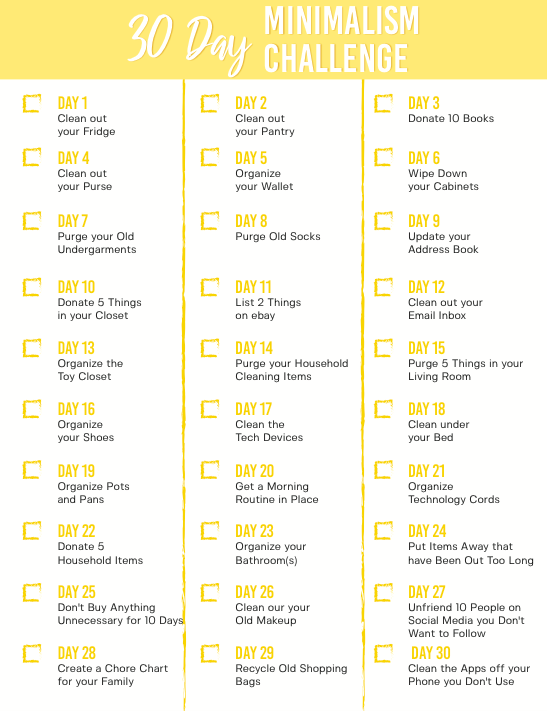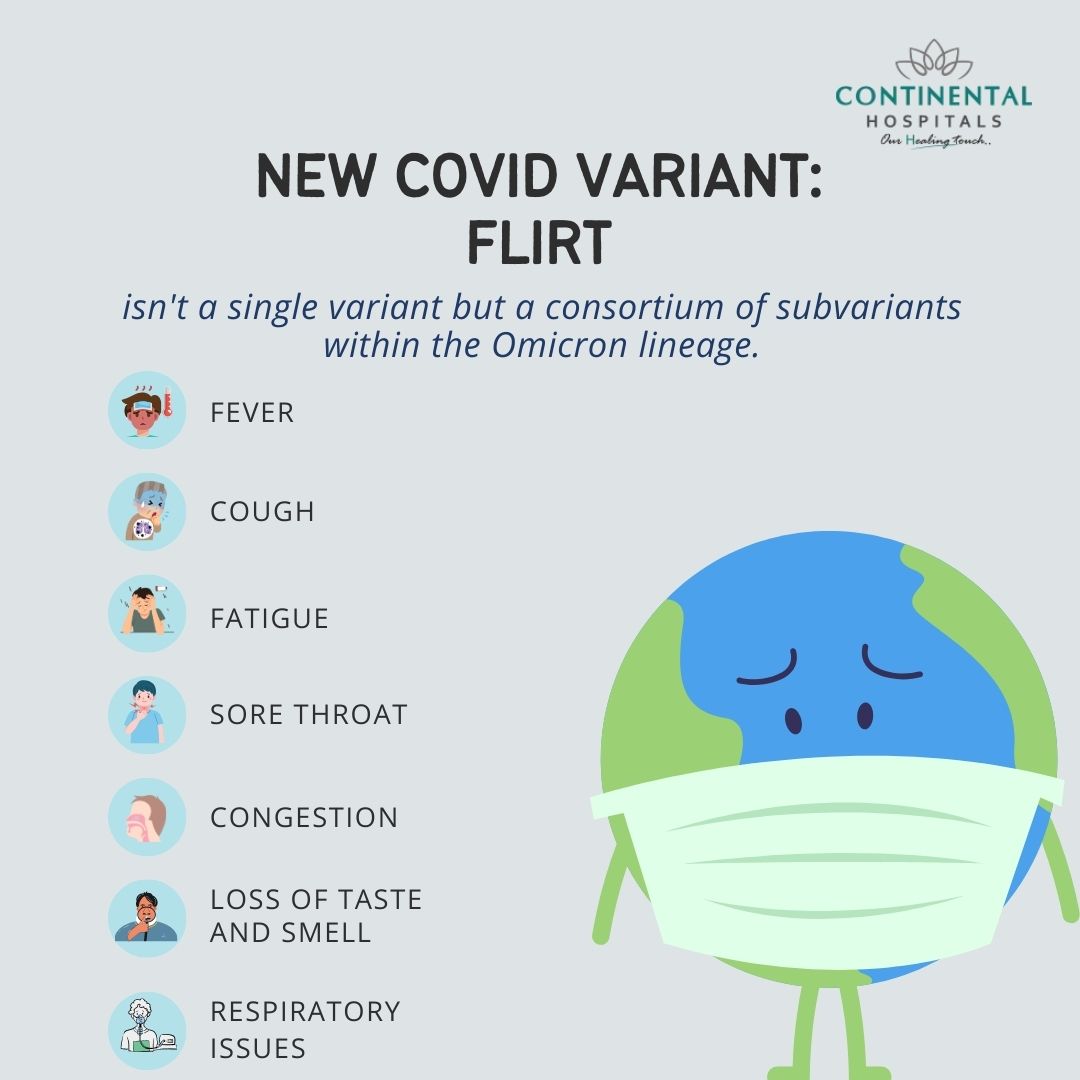30-Day Minimalist Challenge: Transform Your Home And Life

Table of Contents
Week 1: Assessing and Planning Your Minimalist Journey
Before diving into the physical act of decluttering, it's crucial to establish a solid foundation. This first week focuses on mindset and planning, setting you up for success in the weeks to come.
Decluttering Mindset: Cultivating the right attitude for successful decluttering.
Embarking on a minimalist journey requires a shift in perspective. It's not just about discarding things; it's about consciously choosing what adds value to your life.
- Understanding your motivations: Why do you want a more minimalist lifestyle? Identifying your "why" will fuel your motivation throughout the 30-day minimalist challenge. Are you seeking more peace, less stress, or simply more free time?
- Letting go of emotional attachments to items: Many of us hold onto items with sentimental value, even if they no longer serve a purpose. Learn to distinguish between sentimental value and actual utility. Consider taking photos of cherished items before letting them go.
- Focusing on functionality over aesthetics: Minimalism isn't about sacrificing style; it's about prioritizing functionality. Choose items that serve a purpose and bring you joy, regardless of their aesthetic appeal. This principle is key to maintaining a minimalist lifestyle long-term. This helps with home organization and simplifies your life.
Creating a Decluttering Plan: Developing a structured approach.
A well-structured plan is essential for a successful decluttering challenge.
- Setting realistic goals: Don't try to declutter your entire house in a week. Break down the task into manageable chunks, focusing on one area at a time.
- Creating a decluttering schedule: Allocate specific times each day or week to declutter. Consistency is key! Schedule it like any other important appointment.
- Identifying problem areas in your home: Where does the clutter accumulate most? Start with the areas that bother you the most to experience quick wins and stay motivated.
Gathering Your Supplies: Preparing for the challenge.
Having the right tools makes the process much smoother.
- Garbage bags: For items you'll discard.
- Donation boxes: For items in good condition you'll donate to charity.
- Cleaning supplies: To clean up after decluttering.
- Labeling materials: To label donation boxes and storage containers for easy home organization.
Week 2-3: Tackling the Clutter - Room by Room
This is where the real work begins! We'll tackle one room at a time, applying the principles of minimalism to each space.
The Bedroom Sanctuary: Decluttering your sleeping space for better rest.
Your bedroom should be a haven of peace and tranquility.
- Clothes: Try on every item. Donate or discard anything that doesn't fit, is damaged, or you haven't worn in a year. Employ the one in one out rule.
- Shoes: Keep only the shoes you wear regularly.
- Bedding: Discard old, worn-out sheets and blankets.
- Accessories: Declutter jewelry, scarves, and other accessories.
- Under-bed storage: Remove anything unnecessary from under your bed. This contributes to a minimalist bedroom and improves sleep quality.
The Kitchen Efficiency: Streamlining your cooking and eating space.
A clutter-free kitchen enhances efficiency and promotes healthy eating habits.
- Dishes: Discard chipped or cracked dishes.
- Cookware: Keep only the pots, pans, and utensils you use regularly.
- Appliances: Get rid of unused or duplicate appliances.
- Food storage: Organize your pantry and refrigerator, discarding expired items.
- Pantry organization: Use clear containers to store dry goods. This helps with kitchen organization and creates a more efficient workspace.
Living Room Simplicity: Creating a relaxing and inviting living space.
Your living room should be a relaxing and functional space.
- Decorative items: Keep only the items you truly love and that add to the ambiance of the room.
- Furniture: Remove any unnecessary furniture.
- Electronics: Organize cords and cables.
- Books and magazines: Donate or recycle books and magazines you no longer read. A minimalist living room is calming and functional.
Bathroom Refresh: Decluttering your personal care items.
The bathroom is often a clutter hotspot.
- Toiletries: Discard old or expired toiletries.
- Makeup: Throw away old or unused makeup.
- Medications: Properly dispose of expired medications.
- Cleaning products: Keep only the cleaning products you need. A minimalist bathroom is easy to clean and maintain.
Week 4: Maintaining Your Minimalist Lifestyle
The final week focuses on sustaining your minimalist lifestyle beyond the 30-day challenge.
The One-In-One-Out Rule: Maintaining a clutter-free environment.
This simple rule is a powerful tool for preventing clutter from accumulating again.
- Replacing old items with new ones: For every new item you bring into your home, remove an old one.
- Donating or selling unused items: Make it a habit to regularly donate or sell items you no longer need.
- Mindful shopping habits: Before making a purchase, ask yourself if you truly need the item. This fosters mindful consumerism and reduces waste.
Digital Minimalism: Decluttering your digital life.
Digital clutter can be just as overwhelming as physical clutter.
- Unsubscribing from emails: Unsubscribe from unwanted email newsletters.
- Deleting unnecessary apps: Remove unused apps from your phone and computer.
- Organizing digital files: Create a system for organizing your digital files. This contributes to digital decluttering and improves productivity.
Long-Term Sustainability: Embracing the minimalist lifestyle long-term.
Minimalism is a journey, not a destination.
- Regular decluttering sessions: Schedule regular decluttering sessions to maintain a clutter-free environment.
- Reviewing your progress: Reflect on your journey and identify areas for improvement.
- Celebrating your achievements: Acknowledge your progress and celebrate your success. Maintaining a sustainable minimalist lifestyle requires ongoing effort.
Conclusion:
This 30-day minimalist challenge is your roadmap to a simpler, more organized life. By systematically decluttering your home and embracing mindful consumption, you'll not only create a more aesthetically pleasing space, but also experience reduced stress, increased productivity, and a greater sense of well-being. Remember, it's a journey, not a race. Celebrate your progress, and don't be afraid to adjust the plan to fit your individual needs. Are you ready to start your own 30-day minimalist challenge? Begin transforming your home and life today!

Featured Posts
-
 Who New Covid 19 Variant Fueling Case Increases Globally
May 31, 2025
Who New Covid 19 Variant Fueling Case Increases Globally
May 31, 2025 -
 Public Health Alert New Covid 19 Variant Lp 8 1 Detected
May 31, 2025
Public Health Alert New Covid 19 Variant Lp 8 1 Detected
May 31, 2025 -
 Analyse Du Potentiel Boursier De Sanofi Par Loeil Du Loup De Zurich
May 31, 2025
Analyse Du Potentiel Boursier De Sanofi Par Loeil Du Loup De Zurich
May 31, 2025 -
 Private Credit Jobs 5 Dos And Don Ts To Boost Your Chances
May 31, 2025
Private Credit Jobs 5 Dos And Don Ts To Boost Your Chances
May 31, 2025 -
 Jack White Joins Detroit Tigers Broadcast Hall Of Fame Discussion And Baseball Insights
May 31, 2025
Jack White Joins Detroit Tigers Broadcast Hall Of Fame Discussion And Baseball Insights
May 31, 2025
